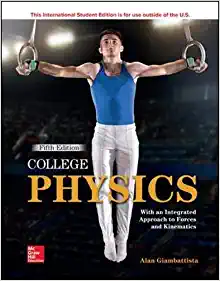Answered step by step
Verified Expert Solution
Question
1 Approved Answer
Lab Questions 1-4 Please. Lab Name: Wavelength of light- detracting grating spectrometer PROCEDURE (1) Use the number of lines per millimeter to calculate the grating
Lab Questions 1-4 Please. Lab Name: Wavelength of light- detracting grating spectrometer

Step by Step Solution
There are 3 Steps involved in it
Step: 1

Get Instant Access to Expert-Tailored Solutions
See step-by-step solutions with expert insights and AI powered tools for academic success
Step: 2

Step: 3

Ace Your Homework with AI
Get the answers you need in no time with our AI-driven, step-by-step assistance
Get Started


